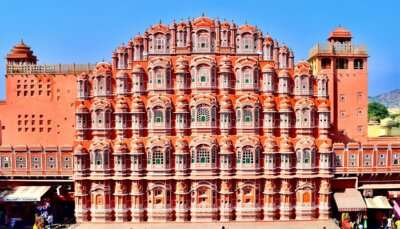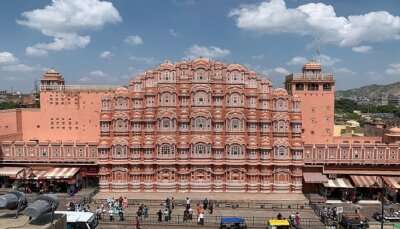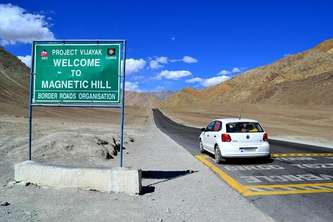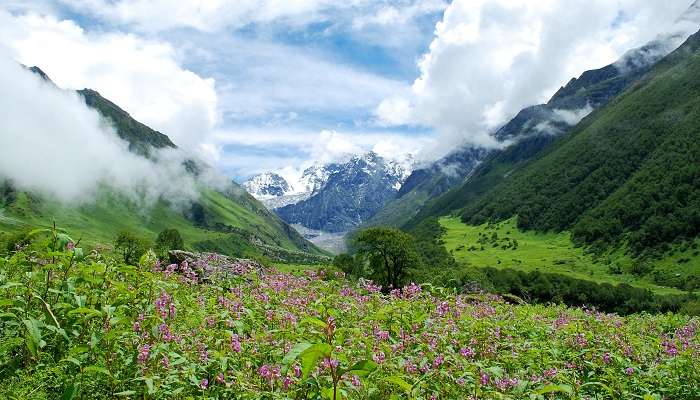Embark On A Spiritual Journey To Pashupatinath Temple in Nepal in 2025

Looking for a spiritual escape near India? Head to the Pashupatinath temple in Nepal. Dedicated to Lord Shiva, this temple is one of the ancient and most revered sites in the country. Its awe-inspiring pagoda-style architecture, centuries-old traditions, and divine aura attract tourists from all over the world. Check out this blog to learn about the temple’s history, significance, architecture and more!
About Pashupatinath Temple In Nepal
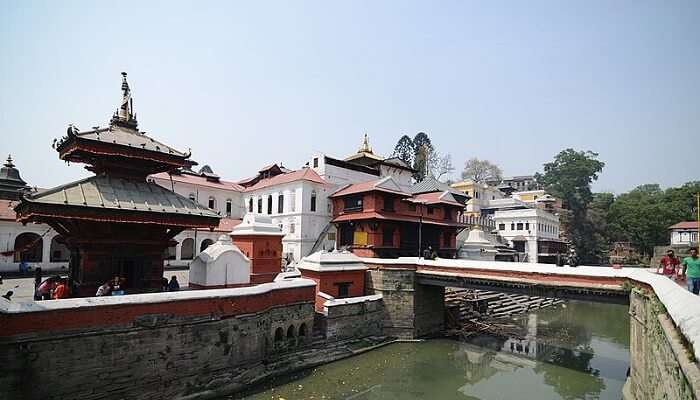
Nestled on the banks of the holy Bagmati River, the Pashupatinath Temple in Nepal is one of seven UNESCO-designated World Heritage Sites in the Kathmandu Valley. With an area of 246 hectares, this temple includes 518 mini-temples and a main pagoda house. Pashupatinath temple features a two-story pagoda-like building with a sanctified Shiva linga inside. It is said that the 12 Jyotirlingas of India comprise the body of Lord Shiva, while the Pashupatinath Temple in Nepal is considered the head.
Also Read: Summer In Nepal
Temple Timings And Entry Fee
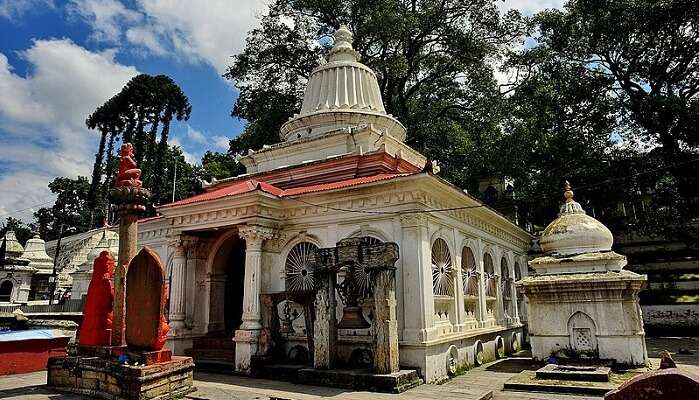
The Pashupatinath Temple timings are from 10:00 AM to 5:00 PM, daily, Monday through Sunday. The Morning Aarti begins at 4:30 AM, evening Aarti at 5 PM and the Bagmati Ganga Aarti: 7:00 PM onwards.
There is no entrance fee for Indian citizens, while NPR 1000 is charged for foreign nationals and residents of SAARC countries.
History of Pashupatinath Temple
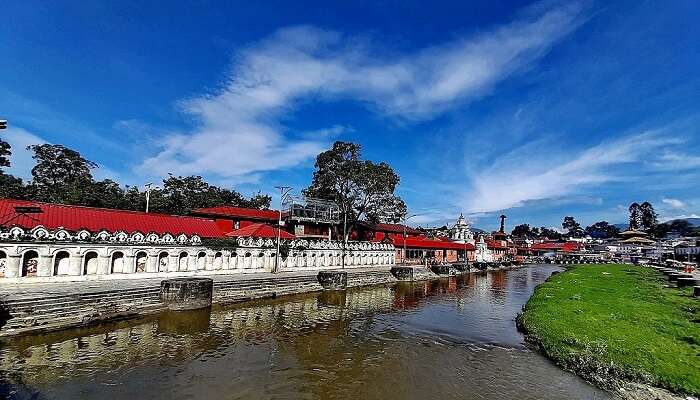
The Pashupatinath temple in Nepal dates back to the early 400s CE. As per Hindu scriptures, the linga of Pashupatinath can fulfil all desires and is particularly revered as the primary shrine for those seeking liberation from the cycle of birth and death. Some believe the Shiva lingam of Pashupatinath temple was self-manifested.
Others believe that Lord Shiva descended upon the valley in the form of an animal, and he liked this place so much that he blessed it with his ‘Lord of all animals’ form. Over the centuries, the temple complex has been expanded and renovated by various rulers. In 1979, the temple was designated as a UNESCO World Heritage Site.
Related Post: Things To Do In Nepal
Architecture Of The temple
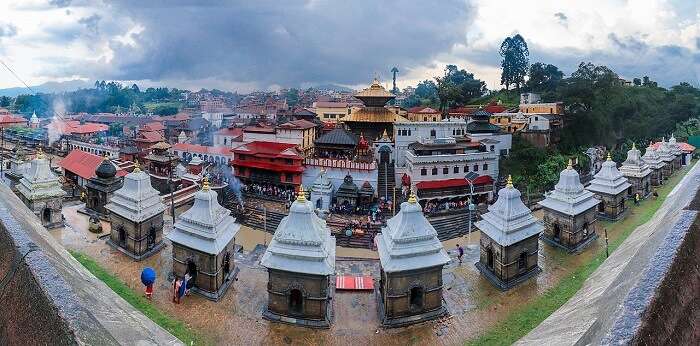
Surrounded by many small shrines, temples, and monuments, the Pashupatinath Temple has Newari-style architecture. With intricate wood carving, golden spires, and a gold pinnacle, the temple is a fine example of Nepalese artisans’ craftsmanship. This two-story temple has four silver doors with beautiful carvings of Hindu deities. Additionally, the main sanctum of the temple is home to the divine Shiva Linga.
Best Time To Visit
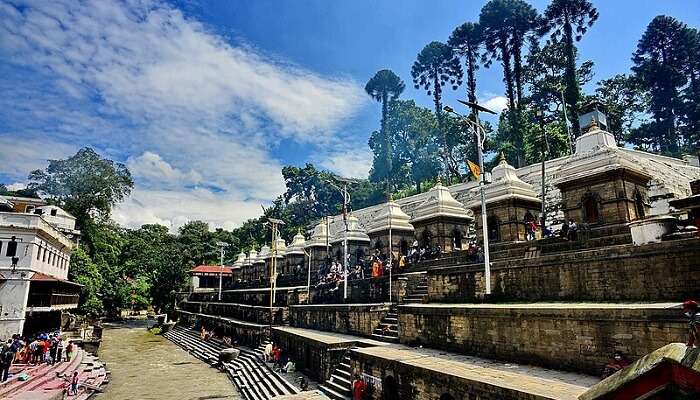
With temperatures ranging from 2°c to 27°c, the best times to visit the Pashupatinath Temple in Nepal are from September to November and February to April. The pleasant weather, mild temperatures, and clear skies allow a comfortable visit. Moreover, if you want to witness the charm of the Pashupatinath temple, visit during the festival season. The Nepalese festivals of Dashain and Tihar are among the most significant celebrations observed in the temple. Additionally, on the Maha Shivaratri, this temple serves a large number of devotees.
Related Post: Nepal In December
Places To Visit Near Pashupatinath Temple
Apart from the Pashupatinath temple, there are many scenic sites to visit. Here is the curated list ofthe best places to visit near the Pashupatinath temple in Nepal
1. Boudhanath Stupa
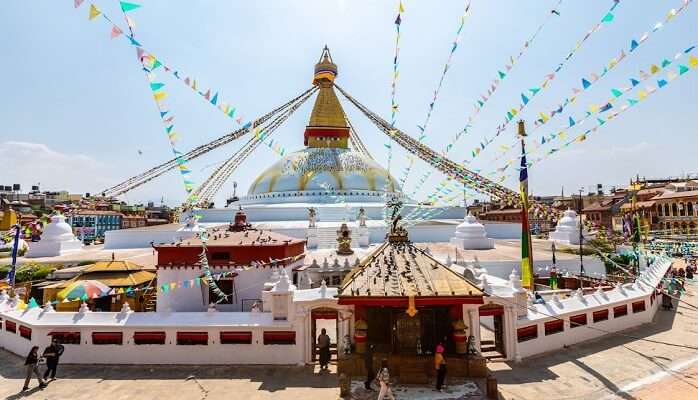
Boudhanath is a prominent pilgrimage centre and one of the most famous places to visit in Kathmandu. It is the largest spherical stupa in Nepal, which attracts a large number of visitors from far and wide. The Stupa is home to over 50 monasteries, which provide shelter for monks and Tibetan refugees.
- Location: Boudh, Kathmandu, Nepal
- Timings: Open 24 Hours
2. Swayambhu Mandir
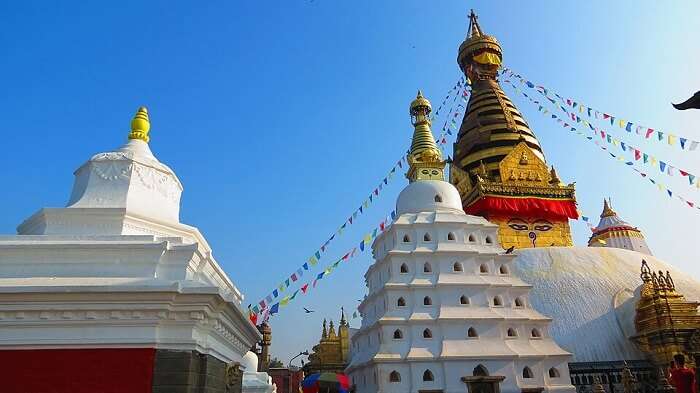
Perched atop a conical hill, Swayambhu Temple is one of the most popular ancient religious structures in Nepal. It is also known as the Monkey Temple and holds significance for people who follow Buddhism. Swayambhu Nath Temple stands as a symbol of faith and harmony, as it incorporates Hindu deities within Buddhist sites.
- Location: Bhaganpau, Nepal
- Timings: Open 24 Hours
Related Post: Nepal In June
3. Kopan Monastery
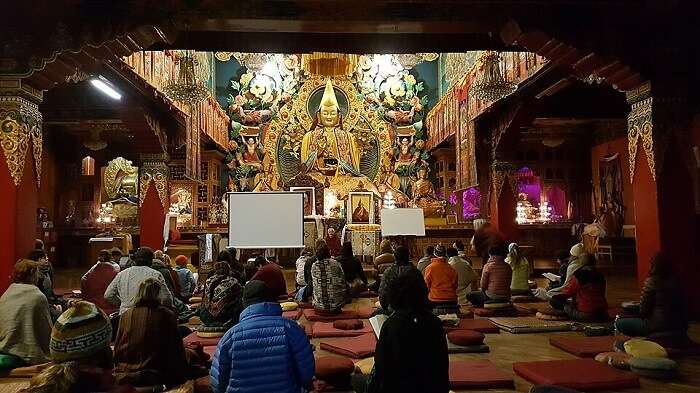
With the Himalayas as its backdrop, Kopan Monastery offers a tranquil escape to explore its serene surroundings. It was established by Thubten Yeshe and Thubten Zopa Rinpoche, the founders of the Foundation of the Preservation of the Mahayana Tradition, in 1969. Offering a sublime blend of Buddhist spiritualism and natural beauty, it also offers various courses related to meditation and Tibetan Mahayana Buddhism.
- Location: Ward 11, Budhanilkantha
- Timings: 10 AM to 4 PM
4. National Museum Of Nepal
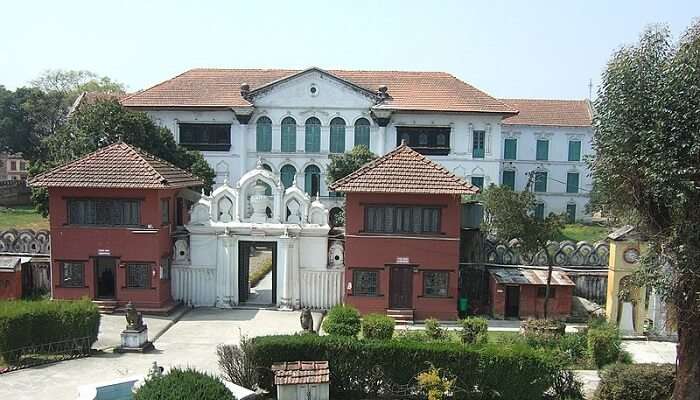
To learn about Nepal’s history, you must visit the National Museum of Nepal. Located in the heart of Kathmandu, this is one of the largest museums in Nepal, comprising three buildings. It has a beautiful display of animal and butterfly species, along with artefacts dating back to the country’s golden days.
- Location: Museum Marg, Kathmandu
- Timings: 10:30 AM – 4:30 PM(Closed on Tuesday)
Related Post: Shopping in Nepal
5. White Monastery
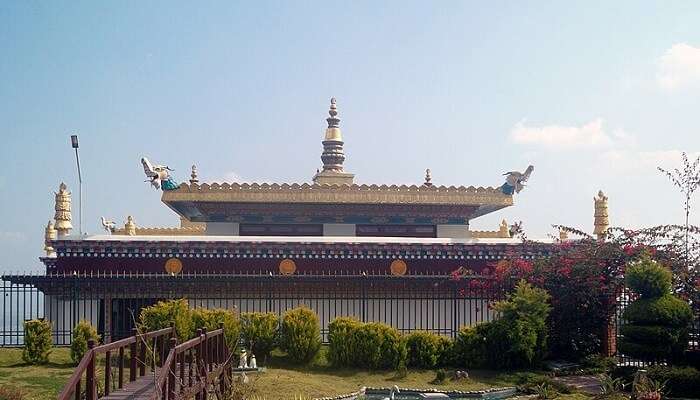
The beautiful white colour and serene surroundings of the White Monastery are sights to behold. From this place, you can witness the whole Kathmandu Valley. The soothing atmosphere draws most travellers who want to soak up some tranquillity after exploring the bustling city of Kathmandu.
- Location: White Monastery. Sitapaila Road Ramkot, Kathmandu
- Timings: 6:00 AM to 5:00 PM (Open only Saturdays)
How To Reach Pashupatinath Temple

Pashupatinath Temple is located just 5 km from Kathmandu Square and is renowned for its spiritual ambience and intricate architecture. Here are the best ways to reach the temple:
By Air: Fly to the Tribhuvan International Airport, which is just 2.5 km away. You can opt for a cab or a taxi to the temple from the airport.
By Train: Take a train to the nearest railway station, Mandsaur railway station. From the station, you can take local transport to Pashupatinath Temple.
By Road: To get to the temple, you first must reach Kathmandu. From Kathmandu, take a taxi, a cab, or local transport to reach Pashupatinath Temple. Additionally, you can also get to the temple by driving.
Related Post: Trekking In Nepal
Travel Tip
- Dress modestly, wear clothes that cover your shoulders and knees.
- Check the guidelines before visiting.
- To experience grand festivities in the temple complex, visit during Shivaratri time.
- Make sure not to litter here
- Carry a valid ID proof
- Stay hydrated. Carry a water bottle as summers can be hot.
You May Also Like To Read: Jomsom In Nepal
Conclusion:
Whether you are a city explorer or a pilgrim seeking divine blessing, the Pashupatinath temple in Nepal offers an experience like no other. So pack your bags and plan a trip to Nepal to seek blessings from Lord Shiva and witness the grandeur of the temple and its surroundings.
For our editorial codes of conduct and copyright disclaimer, please click here.
Image Sources: Wikimedia Commons and Pexels
FAQs About Pashupatinath Temple In Nepal
What is special about Pashupatinath Temple?
Pashupatinath Temple is special due to its rich history, intricate architecture, and the spiritual significance it holds for Hindus worldwide. Dedicated to Lord Shiva as Pashupati, is a highly revered Hindu temple and UNESCO World Heritage Site.
Is Pashupatinath one of the Jyotirlinga?
No, it’s not one of the 12 Jyotirlingas. However, according to Hindu mythology, the twelve Jyotirlingas located in India represent the body, and the Jyotirlinga at Pashupatinath is considered to be the head of the body.
What are the visitors' timings for Pashupatinath temple in Nepal?
The Pashupatinath temple in Nepal visitors timings are from 10 AM to 5 PM, daily. The Morning Aarti begins at 4:30 AM, evening Aarti at 5 PM and the Bagmati Ganga Aarti: 7:00 PM onwards.
How are Kedarnath and Pashupatinath related?
Kedarnath and Pashupatinath are connected through Hindu mythology, where it's believed that after the Pandavas sought Shiva's blessings, Shiva, in the form of a bull, plunged into the earth, with his head appearing at Pashupatinath and his hump at Kedarnath.
Are there any other temples to visit near Pashupatinath?
es, there are many other temples to visit near Pashupatinath Temple, including Guhyeshwari Temple, Boudhanath Stupa, and Swayambhunath Stupa. Additionally, Bhuwaneshwori Temple, Dakshinamurti Temple, Tamreshwor Temple, Panchdewal Temple, and Bishwarupa Temple are located within the Pashupatinath premises.
People Also Read:
Char Dham Temple Kashi Vishwanath Temple Shree Takhteshwar Temple

With a passion for travelling, and carving beautiful stories of stunning locations I chose my profession as a content writer. The unique blend of creativity and strategy ensures that each narrative takes readers on a journey to their desired destination. With distinct locations and unique vibes, I strive to deliver captivating content that speaks to the hearts of readers.



